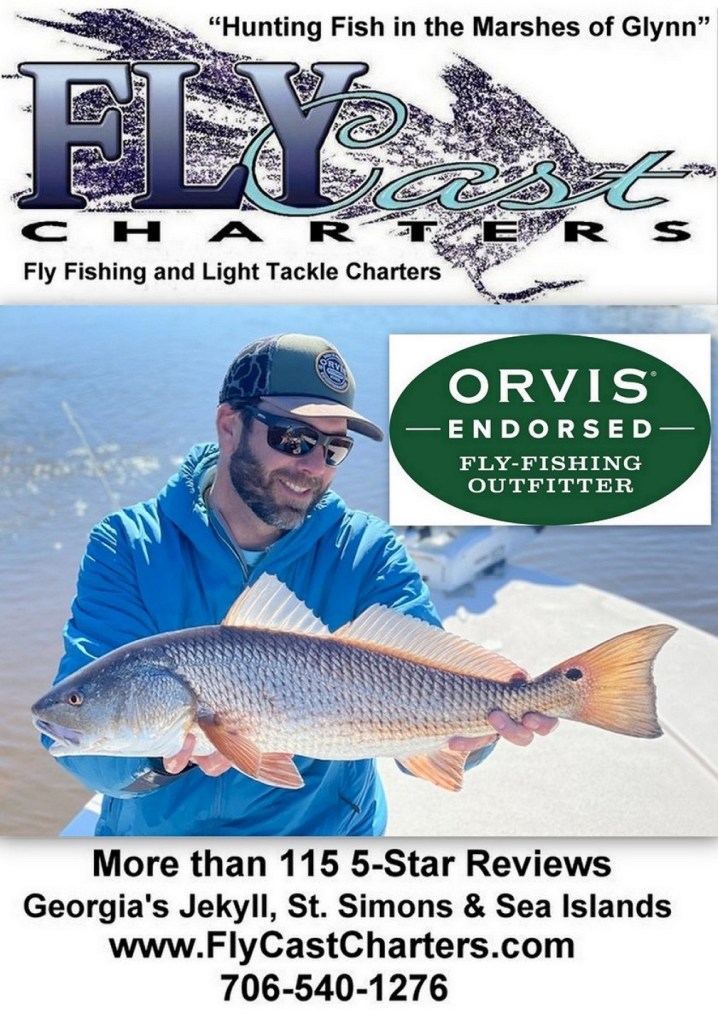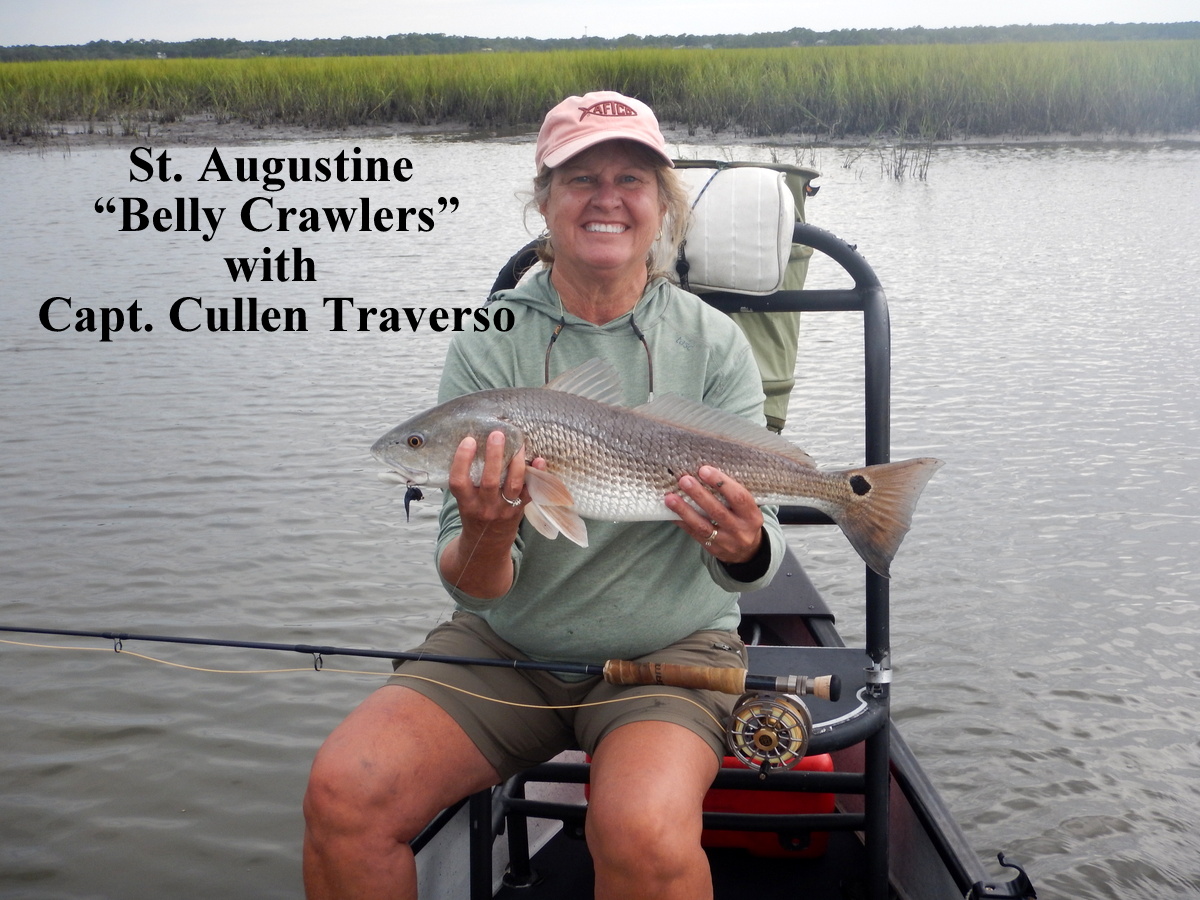Reelfoot Lake, Tennessee
On The Fly Freshwater
November 2021
Article and Photos by Jimmy Jacobs
There are very few species of fish that can’t be caught on a fly. That is especially true for those considered to be game fish. Crappie fall in the category of ones that readily take a fly, but are relegated to almost exclusively being targeted in the spring during their spawn.
On the other hand, earlier this month On The Fly South headed out to Reelfoot Lake near the town of Hornbeak, in northwest Tennessee to explore the possibility of catching these abundant (and tasty) fish in the colder months.

The event was the On the Hook First Annual Media Camp at Blue Bank Resort. Jeremy Mattingly, the host of On The Hook and his video crew matched up media members with some of the best professional crappie anglers in the country for a couple of days of fishing. Our purpose was to see what these guys do that could be translated into our long-rod sport. It was an eye-opener.

My preconceived notion was we’d be seeing anglers dunking minnows or trolling with spider rigs. A decade ago, that might have been true, but with the advent of livescope-style electronics, it has changed. These real time scanning sonar units make it possible to target crappie in what appears to be from the surface simply open water.

Without such electronics, finding and casting a fly to crappie in colder weather is virtually impossible. These units, however, show the structure below, the depth and location of the fish, and even can register the location of your fly as it moves through the water. Granted, this is not classic fly casting, but on the other hand, fly fishers chasing land-locked striped bass in reservoirs have been using electronics for years.
Reelfoot Lake provided a perfect place for this “classroom.” The lake was created when a series of tremors beginning in December 1811 led up to the massive New Madrid earthquake the following month. The land along the now extinct Reelfoot River sank from 15 to 20 feet and the Mississippi River, into which the Reelfoot ran, began to flow backward as it rushed into this depression. The result was the creation of a 10,000-acre lake adjoined by almost 5,000 acres of marsh.

Today this lake that averages just 14 feet deep is a crappie haven. Beneath it is a veritable forest of 200-year-old of cypress tree stumps that rise to just inches beneath the surface. This is not a place to be running a boat faster than minimum speed, if you value your motor’s lower unit! For fly anglers that is great – there are no personal watercraft, water skiers or roaring bass boats at any time of year.
In the spring months, crappie move to the shallows around the shoreline cypresses and become easy targets for fly casting. But some of the abundant 8- to 10-inch bluegill also may take your fly!

During our open-water, cold-weather adventure using livescope, we had a couple of myths about crappie debunked. Once we were out on the Lower Blue Basin of the lake to the west of Green Island, we learned the old adage about crappie only feed up in the water column is not true. With the electronics, we saw fish go down to feed as well. Also, crappie anglers traditionally jigged their offering up and down to attract the fish. Such action sent the schools scurrying away. A very slow movement up and down is the ticket, which means a fly should also be stripped slow and steady at this time of year.
One other tip provided by pro-angler Grant Jarvis of Jackson, Tennessee was that crappie hanging on the bottom are almost impossible to catch. You want to find the fish that are suspended up on the woody cover.
Kyler Beckmann of Stover, Missouri is a leading angler on the American Crappie Trail. He offered a few pointers about color that are transferable to fly fishing. “I stick with natural colors. In fall and winter shad pattern colors are best,” he noted, adding that in the spring “Brown and beige are best when mayflies are hatching. During cicada hatches I use something with an orange tint.”

Livescope units can scan from 30 to 80 feet in front of a boat, but conventional anglers pull right on top of structure they have seen fish holding on. To use these electronics for fly fishing, you’d be better served to stop a cast away from the targeted cover. From there you could toss your fly out, accurately keep it at the right depth and on the structure that holds the fish. Another bonus of the livescope is that it is accurate enough that with a little practice, you can even identify the likely species of the fish you locate. Then putting a Wooly Bugger or a small Clouser Minnow in front of the crappie becomes practical.
Is this type fishing for every fly caster? Not likely, nor will it replace chasing winter trout on streams and tailwaters. But for fly casters in areas where there are no trout waters, it can offer an alternative to simply enduring cabin fever in the colder months.





